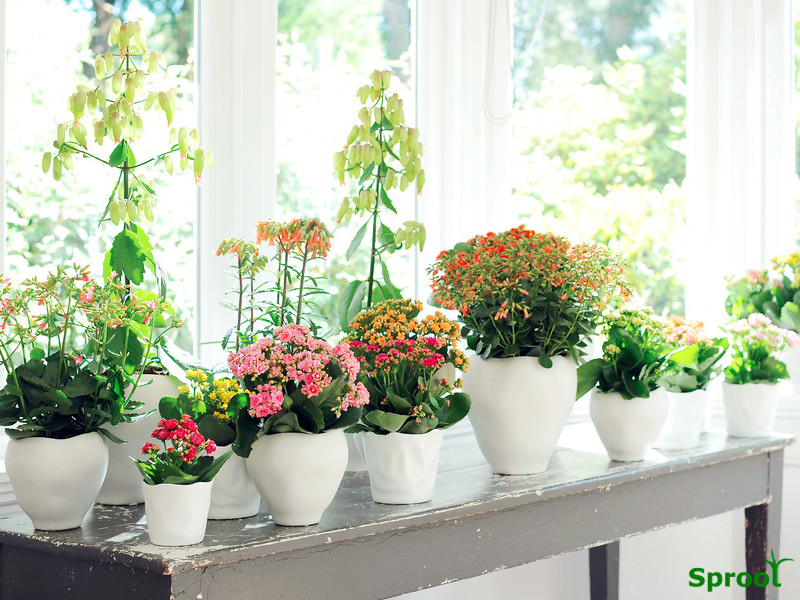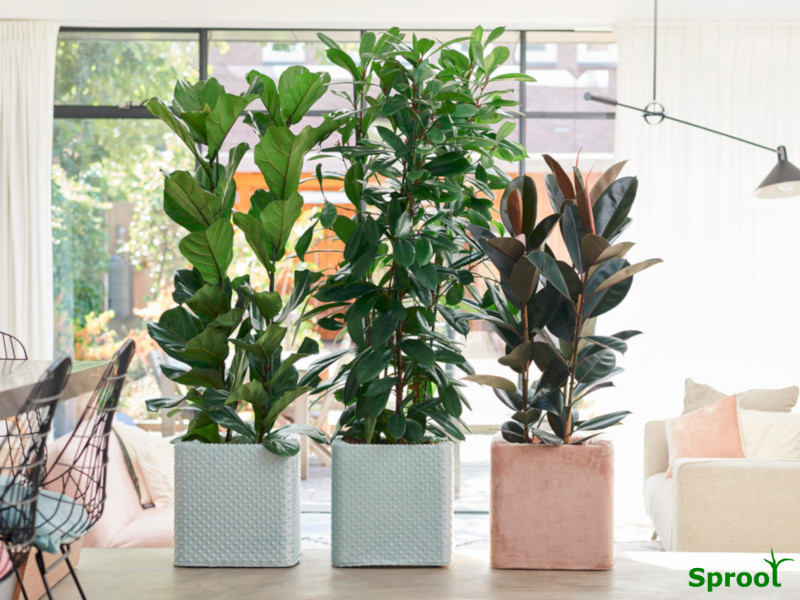Bring the garden inside.
Why
Why should you bring the garden indoors? Beyond their vibrant flowers and lush leaves, house plants can significantly improve the air quality in your home. In today’s world, where modern living often keeps us indoors for over 90% of our time, the air inside can be more polluted than outside. Household furnishings, paints, plastics, cleaning products, perfumes, and air fresheners are common culprits.
With modern double glazing reducing draughts and central heating making us less likely to open windows, indoor air quality can deteriorate over time. But house plants can help. They naturally clean the air by absorbing harmful chemicals, producing oxygen, and increasing humidity.
Now more than ever, we should grow house plants to enhance our indoor environment and improve our lives. Start bringing the garden inside today!
Now more than ever we should grow house plants to improve our lives.
Are House Plants Special?
Any plant can be a house plant—it just needs to thrive in the unique conditions of your home. Houses are generally warm (19-20 degrees Celsius), have low levels of sunlight, and a dry atmosphere. To succeed with house plants, you need to choose plants that enjoy these conditions.
Plant hunters have searched the globe for species that can survive and flourish indoors. Understanding where your plant originates is the key to its success. Your house plant might have come from:
- Tropical forests (warm and wet)
- Mountain ranges (extremes of temperature)
- Deserts (warm and dry)
Each plant has its quirks, and knowing what they prefer is crucial for growing them successfully. With the right information, you can make any plant thrive in your home.
Information
At this point, it’s important to mention that a lot of the information you find online can be misguided or even plain wrong. To ensure success with your house plants, it’s best to consult multiple sources—compare information from at least two or three places. When possible, turn to gardening societies for expert advice. For instance, a begonia society would be an excellent resource if you’re looking to learn more about begonias.
Additionally, many house plant growers provide helpful information. However, keep in mind that they often grow their plants in perfect conditions, so you may need to adapt their advice to suit the environment in your home. By doing your research and seeking out reliable sources, you’ll be better equipped to care for your house plants successfully.
House plants can generally be divided into two groups: Fairweather Friends and Old Faithfuls.
Fairweather friends
Fairweather Friends are like those lovely guests who brighten your home for a while but might overstay their welcome. Most flowering house plants fall into this category. They look spectacular when in full bloom, and many will continue to flower for a long time. However, eventually, the blooms fade, and these plants can be tricky to coax back into flower. You often see them on windowsills—a twig with a few leaves, a testament to our eternal optimism as we wait for them to bloom again. The key to getting them to flower once more is knowledge and care.

You can often see them in window sills, a twig with a few leaves, a monument to our eternal optimism as we wait patiently for them to flower again. Knowledge is the key to getting them to flower again.
I would still buy flowering house plants they brighten up the house, and are better value than a bunch of flowers, they can flower for months, just remember you should replace them when the flowers stop.
Despite this, flowering house plants are still worth the investment. They brighten up your home and offer much better value than a bouquet of cut flowers, often blooming for months. Just remember, once the flowers have stopped, it might be best to replace them with a fresh, vibrant plant.
Old faithful
Old Faithfuls, on the other hand, are like family friends who stick with you through thick and thin. These are your foliage house plants, which can live for years, thriving in your home with minimal fuss. Cheaper and less demanding than a pet, they can grow into fantastic specimen plants that become a true part of your household.

We want you to have fun with your house plants, so here are some foolproof options to start with—plants that should adapt well to any home and provide you with years of greenery and enjoyment. Whether you choose a Fairweather Friend or an Old Faithful, your house plants are sure to bring life and beauty into your home.

